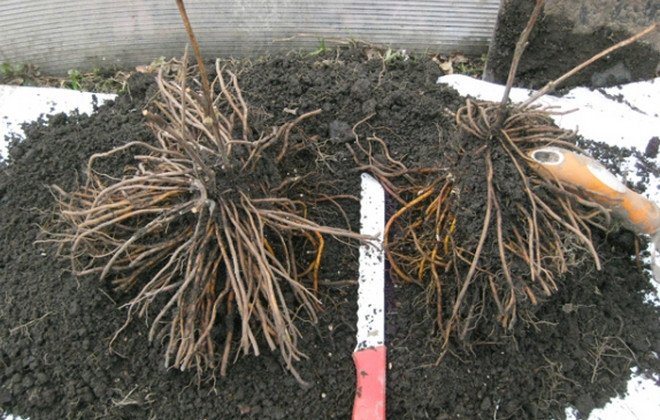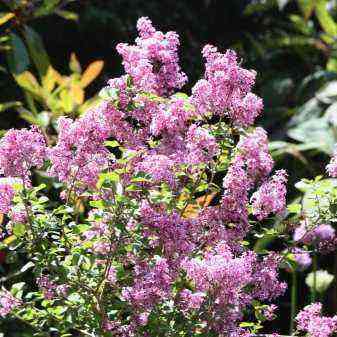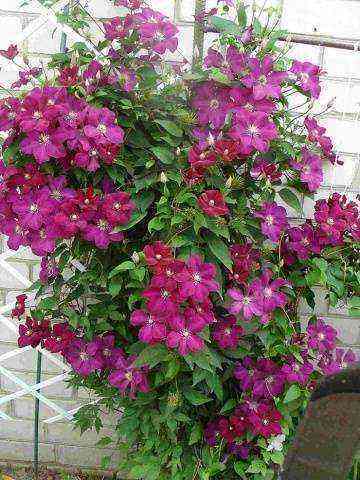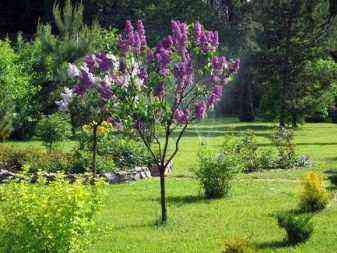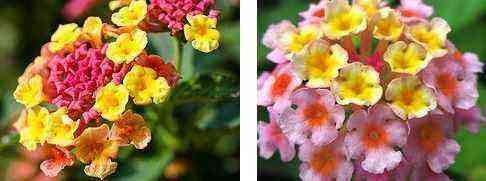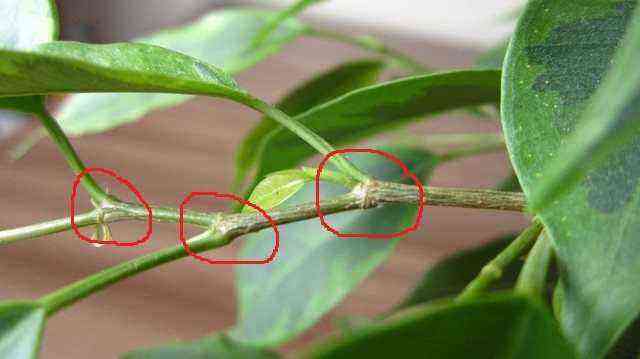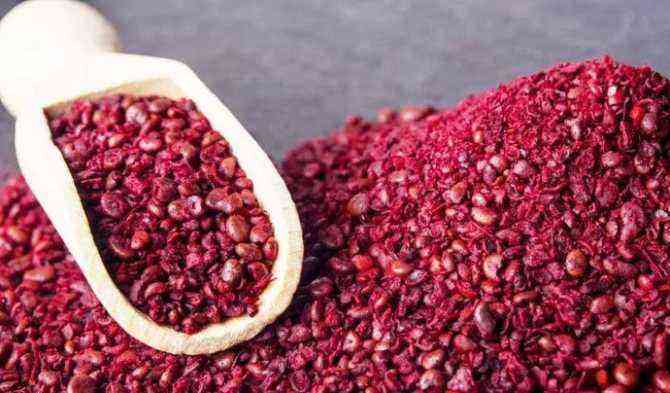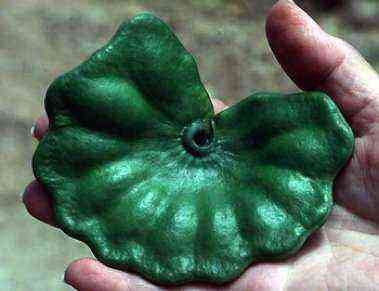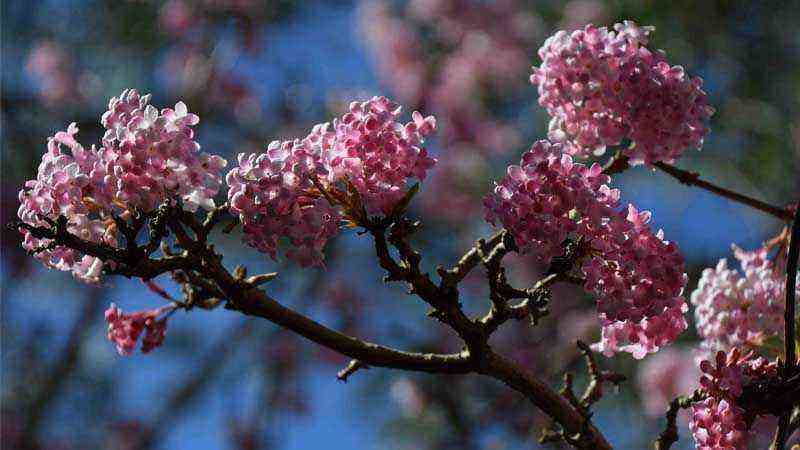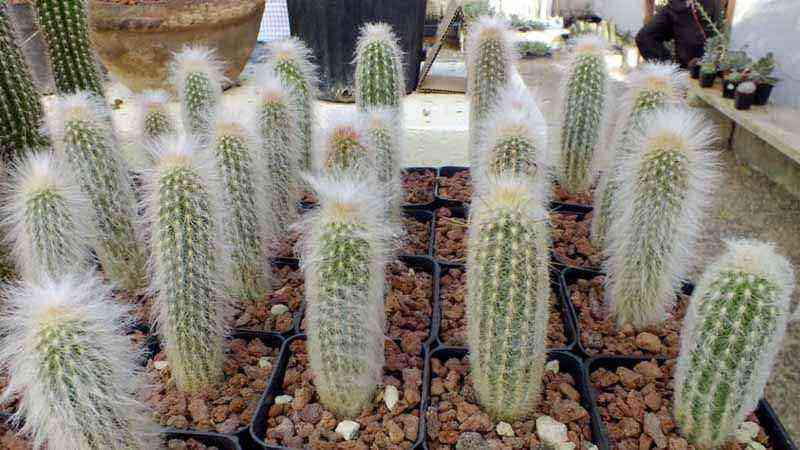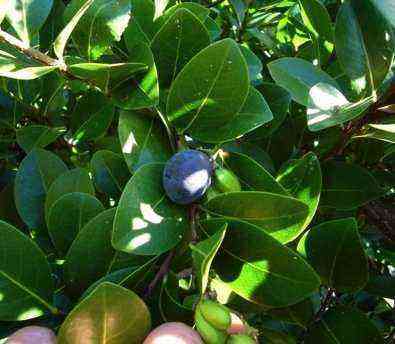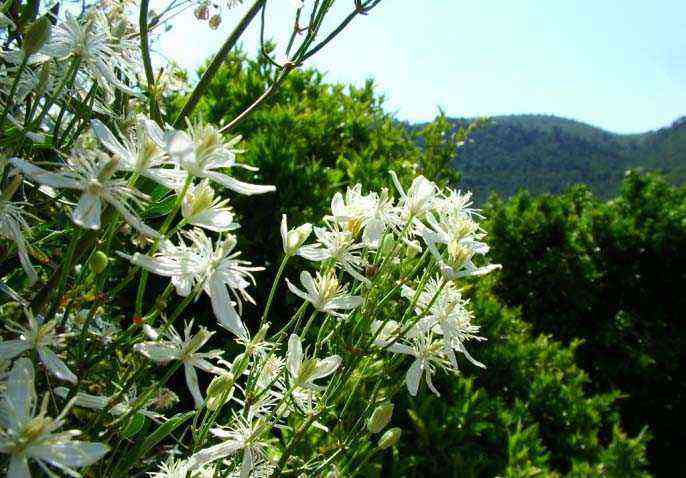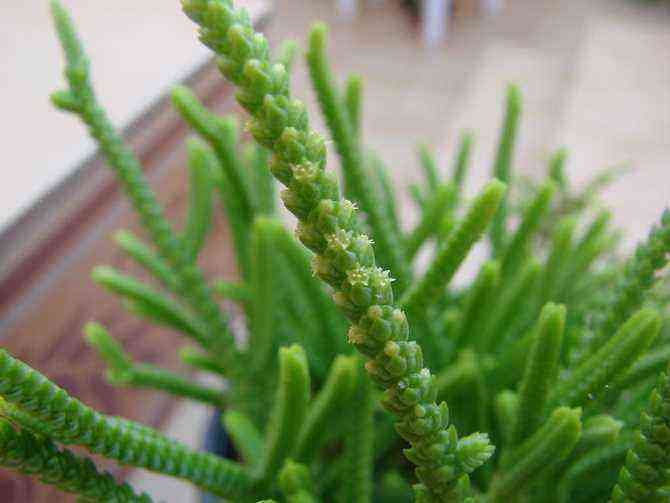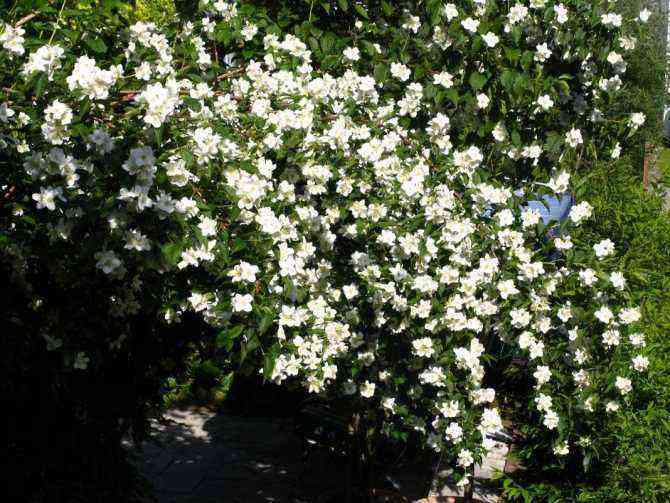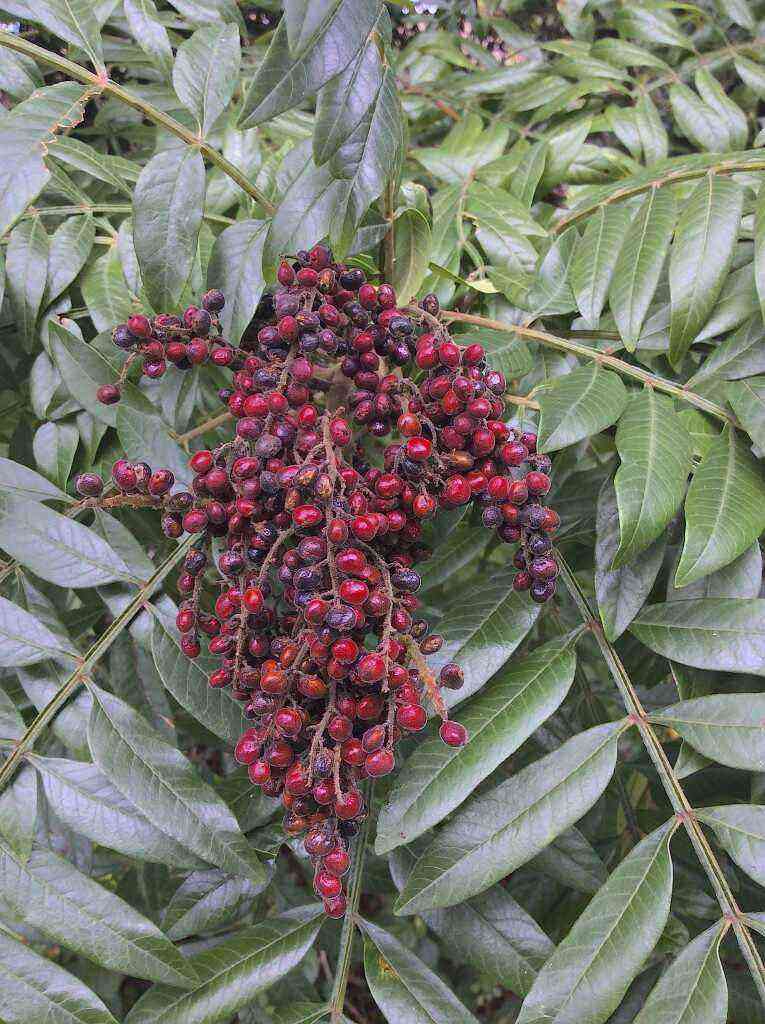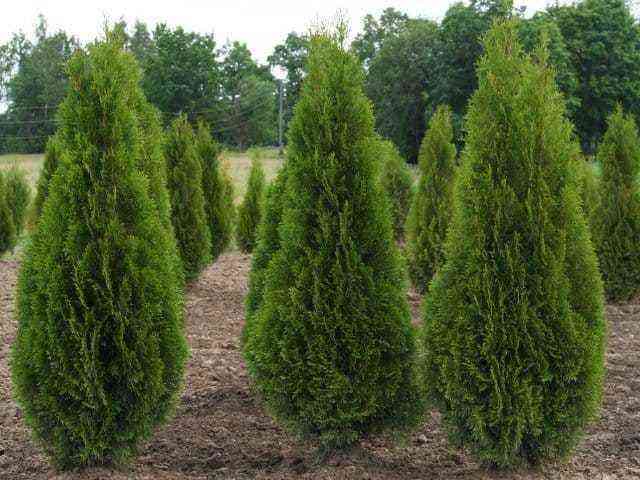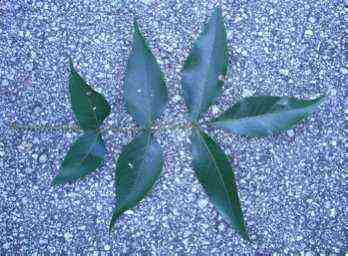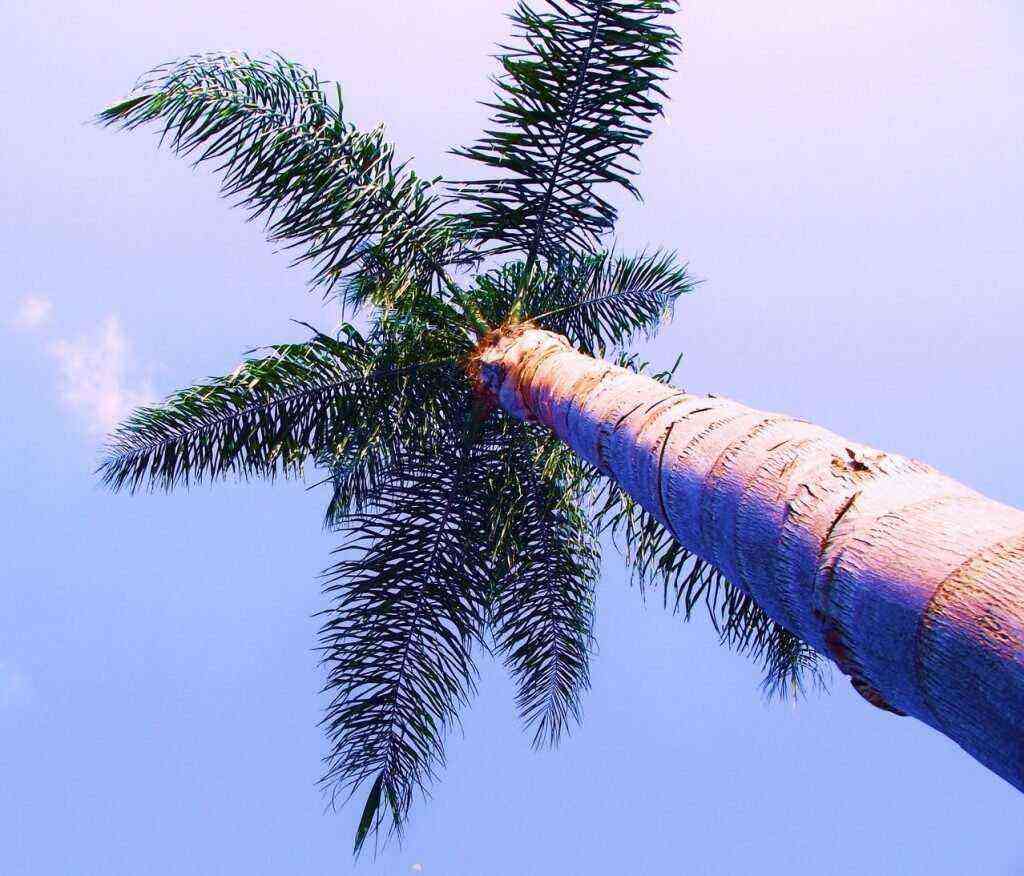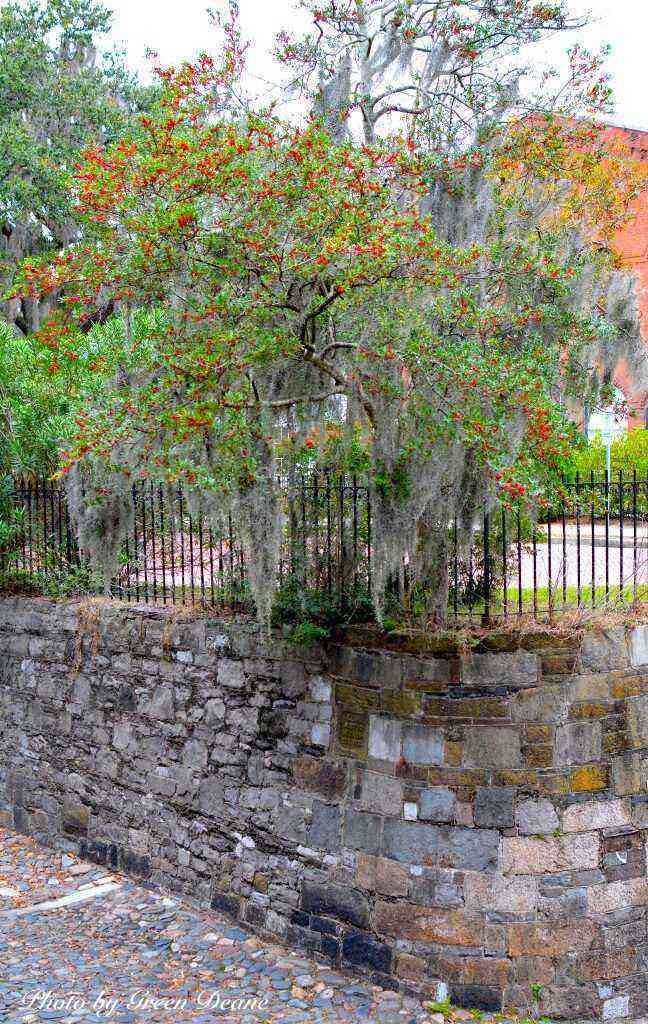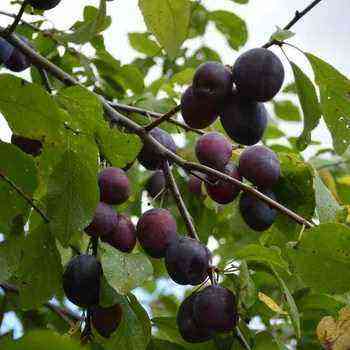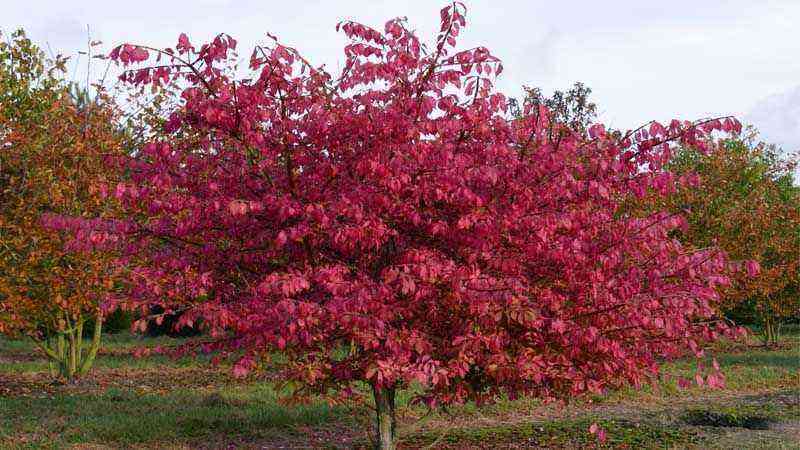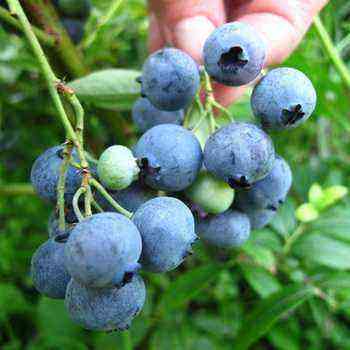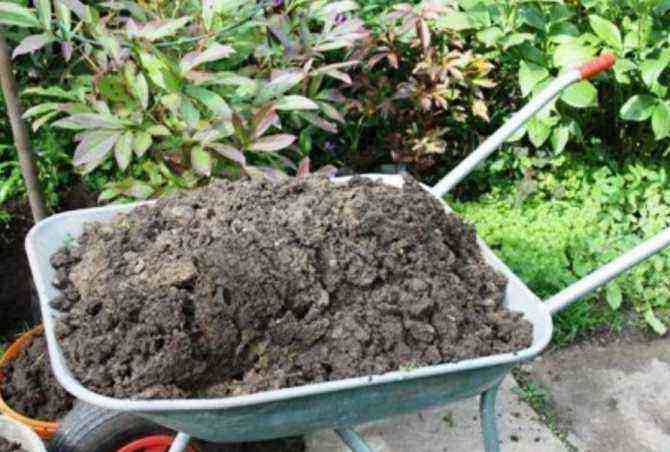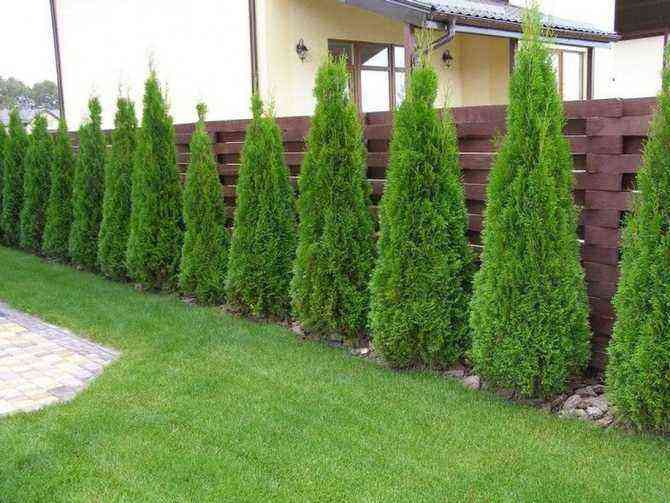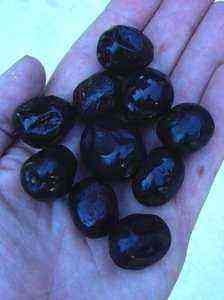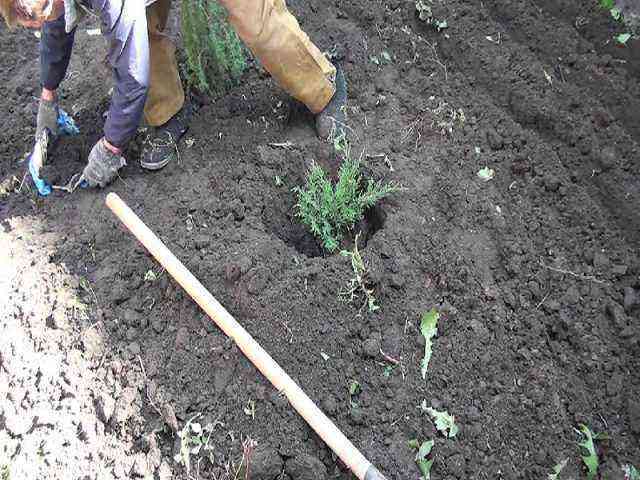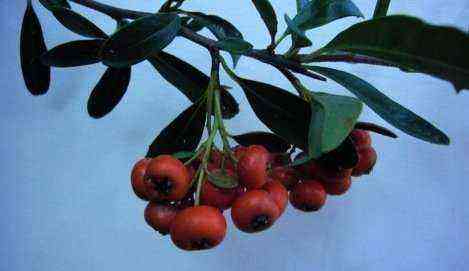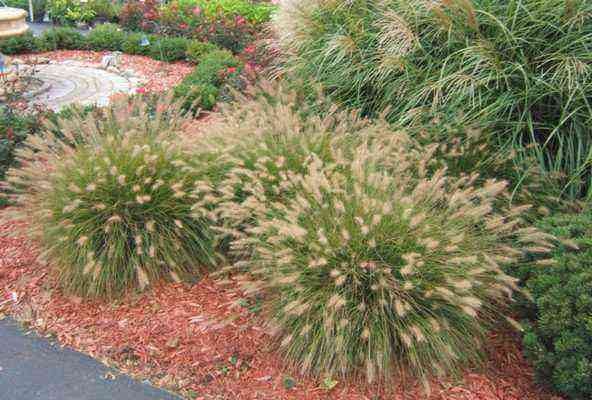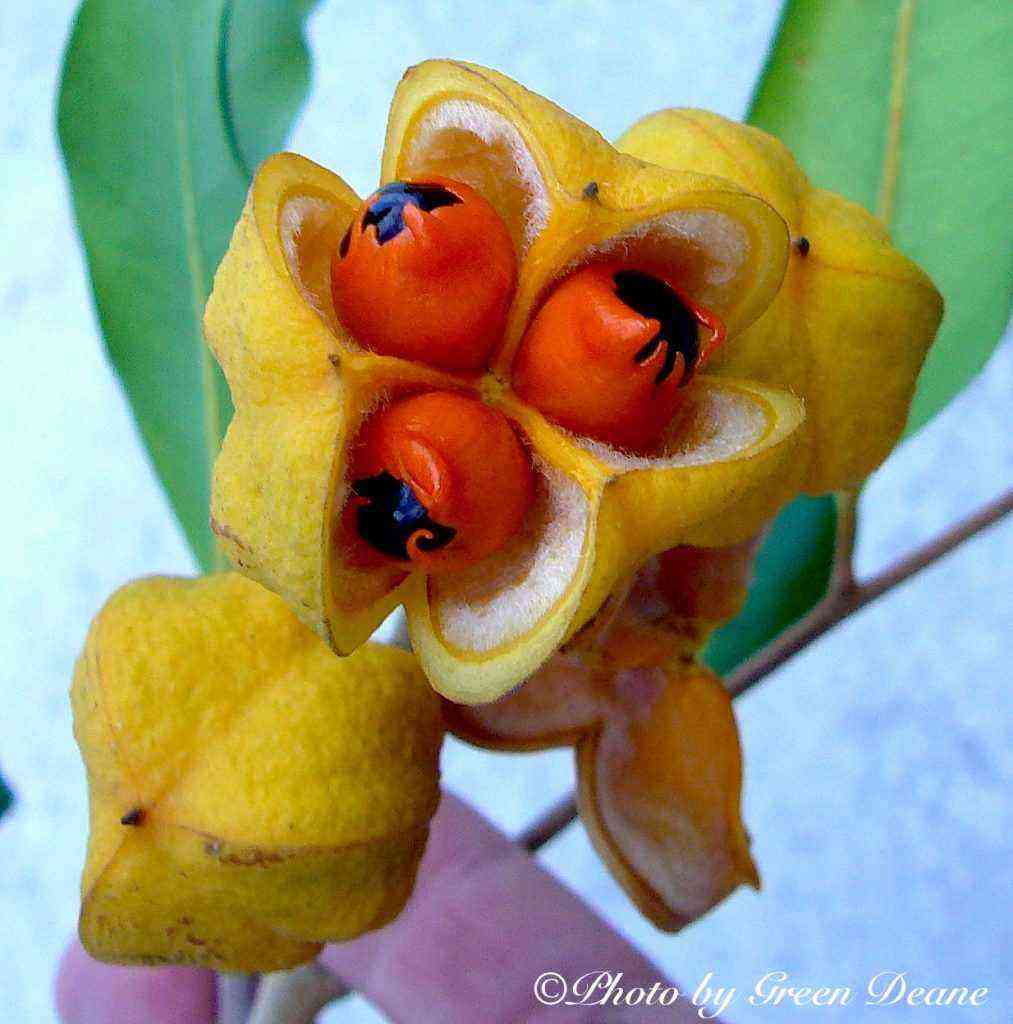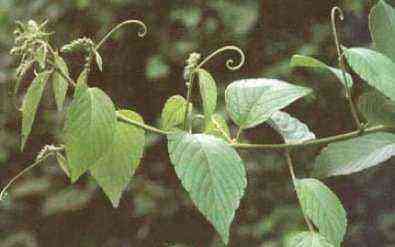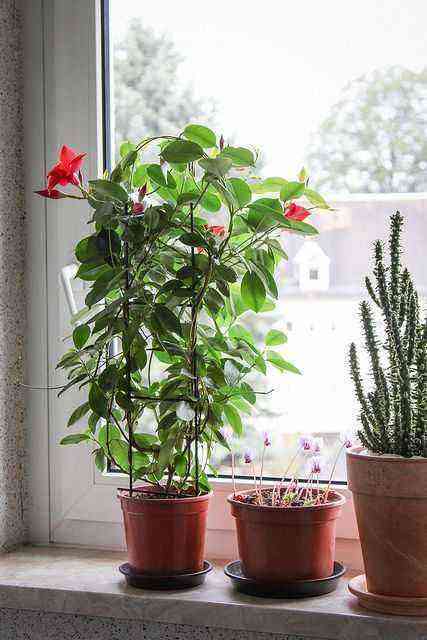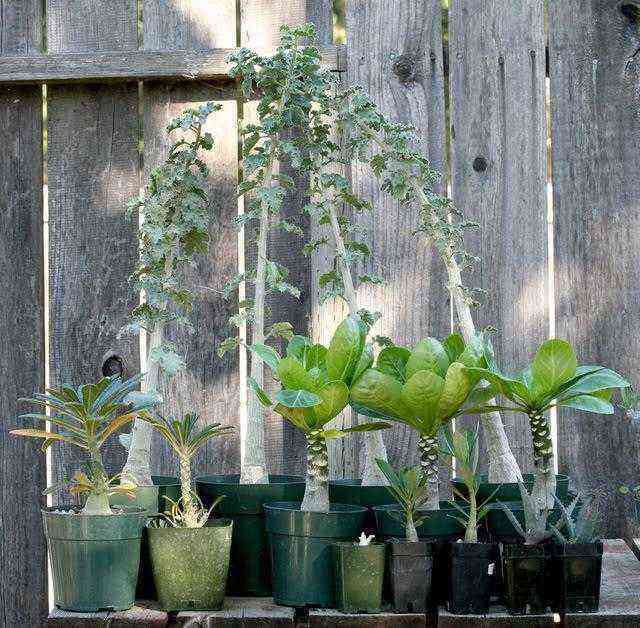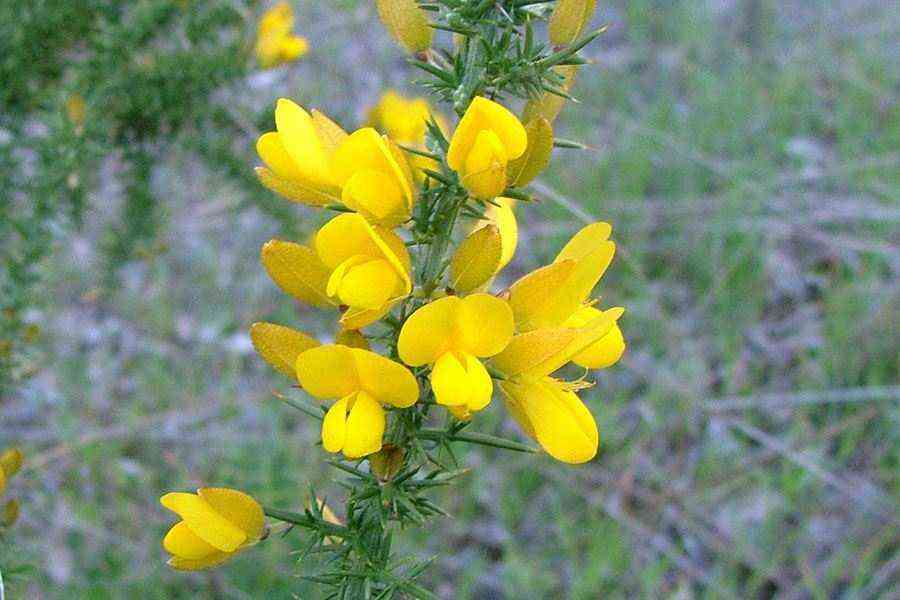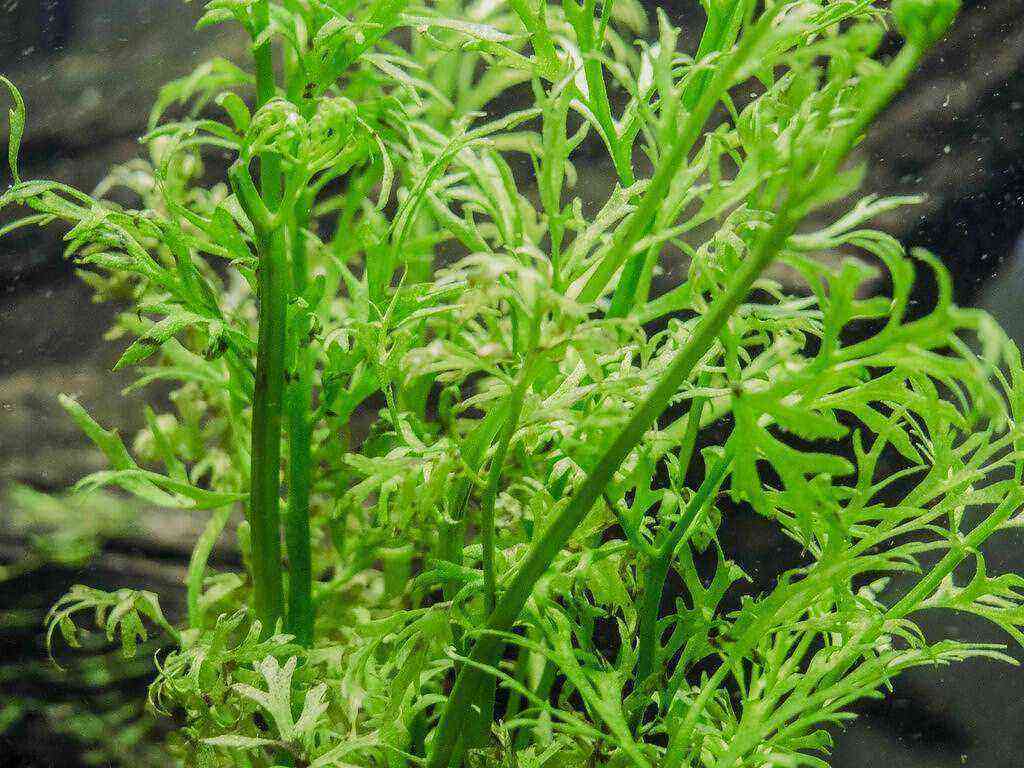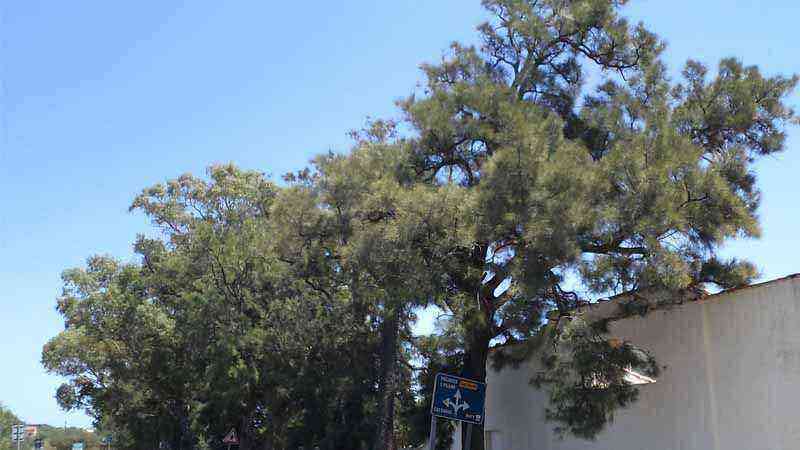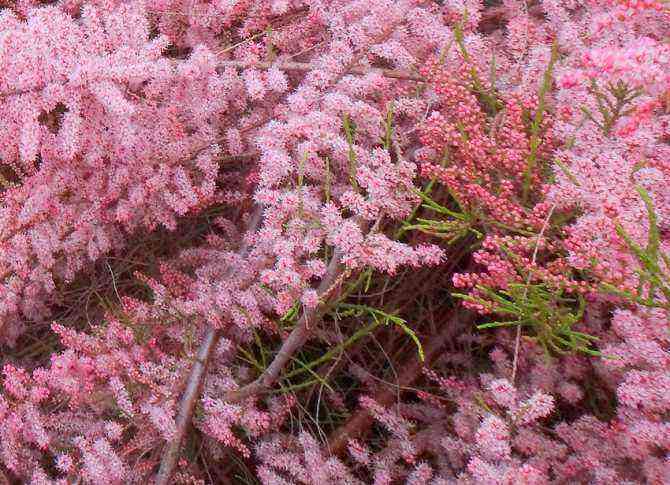History of breeding
Clematis (Manchurian clematis) is a wild plant from the buttercup family. It is found naturally in Russia, China, Japan. Clematis appeared in Russia at the end of the 1950th century. They were used as greenhouse crops. In the USSR, the cultivation of vines, another name for the Manchurian clematis, began to be practiced in 50. For the first time, thanks to the breeder M.A. New varieties have been obtained without aravay by hybridization. As a result of her work, more than XNUMX species of clematis, Manchurian hybrids, have been bred.
Reviews of Manchu clematis
Alena, Rostov. I bought a Manchurian clematis from a neighbor. She rooted cuttings and agreed to sell me a couple of bushes. My husband grumbled, believing that I planted the whole yard with flowers. Last year I saw it blooming for the first time. Unusual aroma and a lot of small white flowers. It is like a white waterfall covering our gazebo. And what I like is that it blooms for a very long time.
Elena, Minsk. Manchurian clematis is a gorgeous plant. Very persistent and hardy, very fragrant flowers. The scent reminds me of jasmine. For beginner growers, this is just ideal, since this variety is picky. Only it must be covered for the winter. But when it blooms, it attracts everyone’s attention.
Description of clematis Manchu
This culture has long branched stems, as it is a vine. It grows up to 3 meters, winds upward, braiding all the relief surfaces in its path. Due to this, clematis is used for landscaping household plots, park areas, and any vertical surfaces.
The leaves of clematis are complex, consisting of 3–7 small sheets of dark green color. Inflorescences of a Manchurian flower appear only on young shoots of the new year. To increase the number of buds, clematis is pruned for the winter. Clematis flowers are white, small, densely growing. The inflorescence consists of 4 oblong petals. One shoot grows from 150 to 500 buds. Warming up in the sun, they begin to exude a strong aroma. It can be heard even from a few meters from the bush.
Important! If there are allergy sufferers in the family, then clematis is not recommended to be planted near the dwelling. The strong scent of the Manchu flower can trigger an attack.
Frost resistance, drought resistance
Manchurian clematis grows in well-lit, open areas with abundant watering. It tolerates winter frosts well. If you prepare it and wrap it up for the winter, it will not die even at -40 ° C.
Moisturization is necessary for clematis moderate. Shrubs should not be planted near groundwater. But he also does not tolerate drought. Clematis dies under the influence of strong winds and drafts. You should not plant Manchu clematis in the northern side of the site. It grows better in the sun than in partial shade. It tolerates temperature fluctuations well. Cultivation of Manchu clematis will not cause much trouble to the owner.
Disease and pest resistance
Dangerous pests for Manchurian clematis are slugs, snails and spider mites. They fight with it with the help of acaricides – chemical preparations for the destruction of agricultural pests. Slugs and snails are collected by hand.
The main diseases that Manchu clematis is susceptible to
- fungal lesions;
- gray rot;
- powdery mildew;
- rust.
It is necessary to treat the bush with a solution of foundation or Bordeaux liquid. Gall nematode is a particularly dangerous pest for clematis. The worms infect the rhizome and the plant dies. They can only be dealt with by uprooting and burning. When buying clematis, you must carefully examine the roots.
Preparation before landing
Cultivation of Manchurian clematis will be successful if you prepare correctly and carefully before planting. An important condition for obtaining a beautiful and abundantly flowering plant is the correct choice of place and soil for planting.
Choosing a place for planting Manchurian clematis
This plant loves sunny places, so it should be planted in areas that are open to the sun most of the time. If you want to plant this vine near the walls of the house, choose any side except the north. Also keep in mind that it is impossible to plant Manchurian clematis close to the walls, it may not have enough space for development and the plant will die. When planting along the walls of the house, make sure that the plant does not pour water from the roofs – this can damage it.
Manchurian clematis will not grow in a place where groundwater lies close to the surface. This must be foreseen in advance and an elevated section of the garden must be chosen. Necessarily clematis must be protected from gusts of wind.
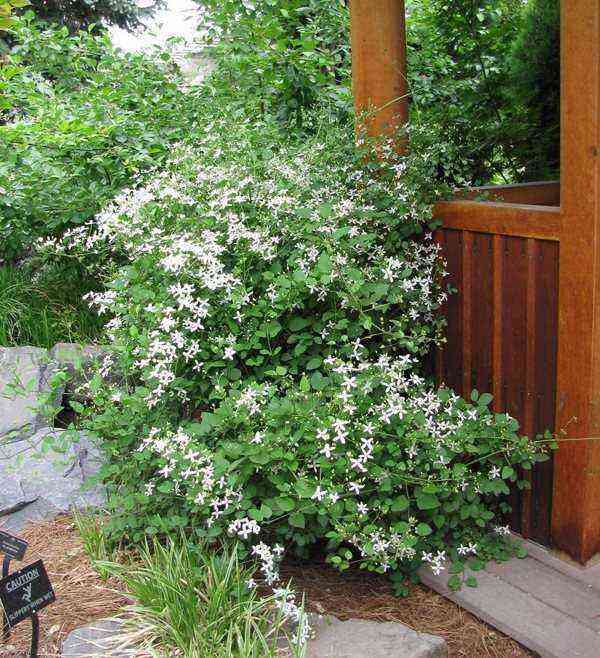
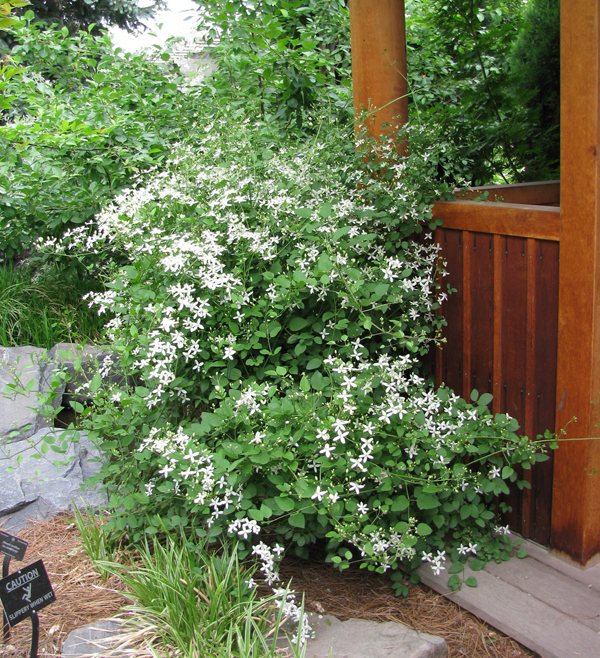
Selection and preparation of soil for planting
Manchurian Clematis prefers to grow on fertile soils, preferably on loamy or sandy loam. It is also important that the soil is light and that it allows air and water to pass through. It does not tolerate clematis and too moist soil and close occurrence of groundwater, even if this occurs for a short time.
Also, for the full growth of the plant, the soil must be rich in humus with a weak alkaline environment. Do not plant this plant on lime-rich soil.
Breeding methods for clematis
Manchurian clematis can be propagated in several ways: by seeds, cuttings, by dividing the bush, by shoots.
Planting clematis Manchu seeds is a long process. You can root the finished sprout in the open field for 2 or 3 years after sowing.
Cuttings. In the spring, during the period of intensive growth, young shoots with buds are cut off and rooted.
The division of the bush is carried out in clematis older than 5 years. In the fall, a bush is dug up by the root and divided into several parts, getting 2-3 seedlings. They are rooted and left to winter.
Clematis, over 6 years old, produce long, strong shoots that can be rooted. A scion with a large number of buds is selected. It is tilted and sprinkled with soil. The rooting site is periodically watered. Roots will appear over time. Then a new bush is dug up and transferred to the right place.
Reproduction
This type of clematis is propagated by seeds and cuttings. Each of the breeding methods has its own nuances.
seed
The best time to plant seeds is late winter or early spring. If done correctly, the first shoots will appear in the period from one and a half to six months.
Growing from seeds involves preparatory measures:
- Overwintered seeds will give more shoots.
- Before planting, the seeds should be soaked in cold water for about a week.
- You can sow in wooden containers or special containers.
- Seeds should be planted in a special mixture, which includes sand, peat and ordinary earth in proportions of 1: 1: 1.
- After planting, the seeds must be sprinkled with sand.
- During germination, the room should be kept at a temperature of 25-28 ° C, while it is better to cover the container with a plastic wicker or glass.
- Watering is carried out using a pallet method.
- As soon as the first leaves appear, the boxes can be placed in the light. However, they should not be exposed to direct sunlight.
- With the onset of spring, the shoots are transplanted into the ground. The distance between them is 20 cm.
- The garden bed should be insulated for the winter.
- After the first flowering period, the plant remains in place for another 2-3 years.
Cuttings
Propagation by cuttings is much easier. They are unpretentious and therefore do not need special care.
Cutting has its own characteristics:
- It is carried out in the spring, at a time when clematis is most actively growing.
- Cuttings need to have time to prepare when buds barely appeared on the branches.
- Liana can only be cut by 1/3. After pruning, it is cut into several cuttings of equal length.
- Each segment should contain a pair of nodes. From the top edge to the first knot should be no more than 3 cm, and from the bottom edge, the knot should be located at a distance of about 10 cm.
- Before planting, the cuttings should be treated with special agents – growth stimulants.
- For planting, you can use ordinary soil, pre-fertilized with microelements.
In addition to cuttings and seeds, clematis reproduces by dividing bushes and layering.
Preparatory work
To grow a healthy plant, you need to properly prepare for planting. It consists of two stages:
- Choosing a place. Clematis loves light, so plant it where the sun shines most of the day. It is not recommended to choose the northern walls. Also, do not plant a plant near the wall itself, since a lack of space will lead to its death. Not suitable for disembarkation and a place where there is groundwater. Finally, clematis must be protected from the wind.
- Soil selection. It is desirable that it be sandy or clayey. The soil must allow both air and water to pass through. Preference should be given to land that is rich in humus.
Clematis will not grow well in soil that contains lime.
Correct landing
How to plant Manchurian clematis correctly? Like any other variety, in pre-prepared soil. The planting process has some features:
- The land should be prepared one year before planting. Substances are added to the pit that will be useful at different periods of his life – peat, humus, ash, etc. Also, a layer of broken brick should be poured into the pit, which can be replaced with expanded clay or crushed stone.
- The depth and width of the pit is 60 cm.
- Saplings are planted at a distance of about a meter from each other.
- Before planting, each seedling should be placed in a container with water and growth activators.
- The drainage must be covered with earth. After pouring. Place the seedling in the hole, carefully straightening its roots.
- Sprinkle the soil about 15 cm.
- Water the planted plant. Cover the ground with peat or sawdust on top.
At the end of planting, you can install the support.
Planting clematis Manchurian
Clematis is planted in the autumn-spring period. In order for it to take root and grow quickly, it is necessary to take into account the peculiarities of the soil, choose the right Manchurian seedling and the landing site.
Recommended dates
Any warm season is suitable for planting a clematis seedling in open ground: spring, summer, autumn. The main thing is that the air temperature is above +5 ° С. A Manchurian flower with an open root withers quickly – planting is carried out immediately after its acquisition.
Choosing the right place
Clematis Manchu grows well on the sunny side of the site. The bush is planted a meter from the support. The root system needs room to grow. You should not plant a flower under drainage – clematis does not accept excessive moisture. It is also important to make sure that the groundwater is deep enough so that the root will not rot.
Important! The windy side of the garden is not suitable for clematis – it withers from drafts.
Selection and preparation of planting material
You can buy a healthy seedling in specialized nurseries. It should be inspected carefully before purchasing. Shoots and root system should not have creases, damage, pest larvae. The leaves are clean, without white or red spots, ulcerations.
Landing algorithm
A few months before planting, the soil is prepared: they dig it up, loosen it, apply fertilizer. For a seedling, they dig a hole 60 cm deep and wide. Fill it by a third with a mixture of soil with sand, peat, humus, wood ash in equal parts. If several clematis are planted, the distance between the holes is made at least 1 m. The support is mounted before planting so as not to damage the roots.
Agrotechnics of planting clematis Manchurian:
- The seedling rhizome is soaked for several hours in a solution of water and a growth stimulant.
- The pit is filled with crushed stone, expanded clay, small stones – this is drainage.
- This layer is covered with a prepared fertile mixture so that 20 cm remains to the top, watered.
- The seedling is placed vertically in the hole, the roots are straightened, covered with the remaining earth. It is necessary to make sure that the root collar is 15–20 cm closed. Only in this way will clematis develop a strong root system.
- After the soil is mulched, covered with peat and sawdust. A clematis seedling is attached to a support, watered abundantly.
Manchurian clematis will begin to grow vigorously after 3 years. Flowering can be observed in the 5-6th year.
Cultivation of clematis Manchzhursky: planting and care
To grow a beautiful, healthy plant Climatis Manchurian – planting and care must be carried out in accordance with the rules. It is required to thoroughly prepare the soil some time before planting. For disembarkation – make holes of medium size.
Make a suitable soil for the plant by mixing:
- Zolu
- Peat
- Fertilizer from minerals
- Humus
- Superphosphate
- Sand
- Lime
When planting Climatis of Manchuria in high humidity, the soil should be drained at the bottom of the hole. Since the plant is climbing, it needs support, therefore, supporting structures are placed next to the hole. If you do not make support, the plant will creep along the ground, creating a floral carpet.
Not yet flowering plant:
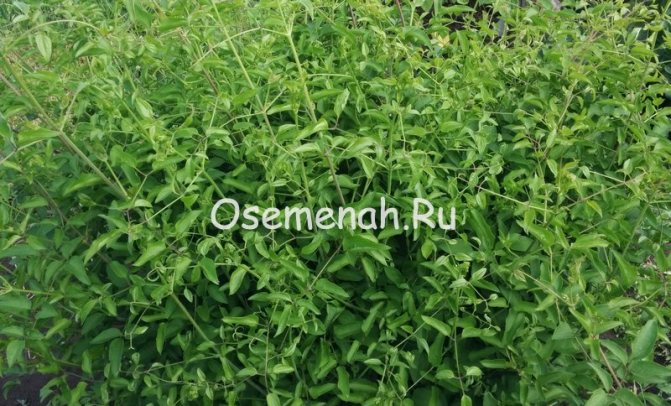

Attention! before planting, it is worth checking the absence of interference at the planting site. Their presence can interfere with the normal development of culture.
Cultivation of Manchurian clematis from seeds
Clematis propagates by shoots and seeds. The latter method is rather laborious and time-consuming. You can get Manchurian clematis from seeds at home 2 years after sowing.
Deadlines
From the seed, strong shoots will develop, which are planted in open ground in the spring. All this time they are kept in wooden and plastic seedling containers. The optimal time for sowing is February-March. After 1,5 months, the first shoots will appear.
Tank and soil preparation
For planting, wooden or plastic seedling boxes are suitable. They are filled with a mixture of garden soil with sand and peat in equal parts. Such soil promotes air circulation, moisture does not stagnate.
Important! Before planting, the seeds are soaked in a small amount of warm water for several days. So they will rise faster.
Sowing clematis Manchurian
For planting, take the seeds of the current year. They will give the highest germination rate. Choose a dry seed without damage to the protective layer. The seed is not thickly laid out on the surface of the moistened soil; it is not recommended to deepen it. Sprinkle with sand on top. A few hours before sowing, the filled boxes are placed in the refrigerator. This will harden the seedlings.
Manchurian Clematis grown from seeds is a thermophilic perennial, germinates at a temperature of + 25 ° C. For insulation, the box is covered with a film, several holes are made. Air supply is essential for the correct growth of the seedlings. To prevent the seeds from being washed out, pallets are used for watering.
How to grow Manchurian clematis from seeds
In the spring, when the outside temperature approaches + 20 ° C, the boxes with crops can be taken outside. This is provided that there are already 2-3 leaves on the sprouts. Avoid direct sunlight. In winter, the container is insulated by covering it with foam.
Transplanting flowers in open ground
A year later, in the spring, the grown seedlings can be planted in open ground. This is done after the night frosts have stopped. The distance between the seedlings should be 20 cm. In autumn, as soon as the temperature drops to + 5 ° C, the shoots are covered with a film. After 2 or 3 flowering, the bush is transferred to a permanent place.
Clematis straight – description
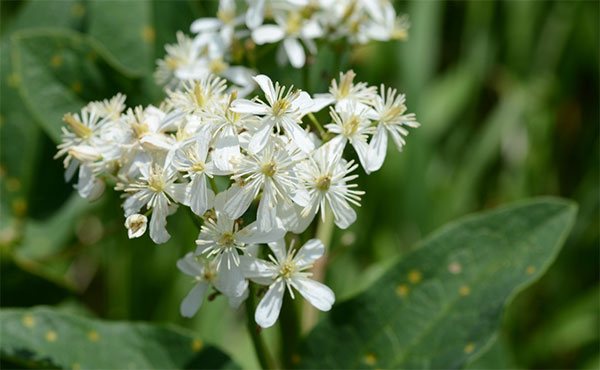
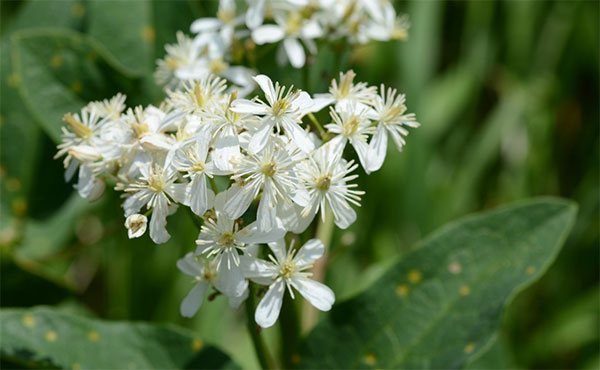
- herbaceous perennial 1..1,5 meters high;
- shoots straight or winding, hard, finely ribbed surface;
- internode length 10 … 27 mm;
- few hairs are located on the nodes;
- leaves are odd-pinnate or dvazhdytrychatye;
- leaf length – 18 … 25 cm, petiole length 4 … 6 cm, leaf width – 20 … 24 cm;
- leaves are whole, oblong-ovate or lanceolate-ovate, with a pointed tip;
- leaflets length – 3..6 cm, width – 1,6 … 2,5 cm, petioles of terminal leaflets 5 … 6 cm long, lateral ones, 2 … 4 cm;
- bloom in July, sometimes repeated in August-September;
- flowers are formed at the top 5-7 nodes;
- flowers are small, 3… 3,5 cm across, with 4 white sepals, fragrant;
- sepals elongated, with blunt tips, 1,5… 1,7 cm long, about 0,5 cm wide;
- the stamens are pale yellow, the length of the stamens is about 1 cm;
- the fruit is a nutlet about 0,5 cm long and about 0,3 cm wide with a pubescent nose about 2 cm long;
- fruits ripen at the end of September and October.
Clematis Manchurian Care
To prevent the plant from dying, rooting well and blooming, it is necessary to provide it with proper care. It is important to follow the rules for watering, do annual pruning, and insulate clematis in winter.
Watering
Manchurian clematis does not tolerate excess moisture, but its lack also leads to poor growth. In the summer, 2-3 watering a week is carried out, they take 20 liters of water per bush. Water is poured not at the root, but around. In spring and autumn, 1 watering per week and 5 liters of water are enough.
Additional fertilizing
If, during planting, a soil mixture of sand and humus was introduced into the hole, clematis is not fertilized for the first year. The next year, it is poured with a solution of mullein and mineral fertilizers 3 times per season. Fresh manure is not used for irrigation.
The fertilization schedule is as follows:
- nitrogen fertilizers are applied during the growing season;
- potash – during the formation of buds;
- phosphate fertilizers are used during the dormant period after flowering;
- mineral – after pruning the bush.
Along with chemical fertilizers, organic fertilizers are used – manure and humus.
Mulching and loosening the soil
Clematis is a perennial from northern latitudes; it does not tolerate direct sunlight. You can protect the root system from overheating by mulching. Use dry bark of old trees, peat, sawdust. They cover the soil in the root area.
Loosening is necessary for air access to the rhizome. The knocked down earth restrains its growth, clematis withers away. To avoid this, loosening the soil is carried out after each watering.
Trimming
Manchurian clematis buds appear only on the shoots of the new year. Therefore, in the fall, all the processes are cut off. If you want a lush green plant in the new season, pruning is carried out to the first leaf.
Important! If you need to get a lush color, the shoot is cut to the ground.
Preparation for winter
Manchurian clematis is a frost-resistant culture and tolerates wintering well. But still it is worth covering it with fallen leaves for the winter. So that the root does not suffer from the flood in the spring, a small barrier is formed around the bush, a hill of humus.
Shrub shelter for the winter
The Manchu flower is insulated in late autumn, when the air temperature drops to -5 ° C. The cut plant is covered with dry soil so that a mound with a diameter of 60 cm forms above it. Peat can be used for the embankment. It will need about 4 buckets. If a fierce frosty winter is expected, the embankment can be covered with boards or roofing felt on top. When snow falls, such a structure will reliably protect the plant until the first thaw.
Diseases and pests, methods of control and prevention
The developed root system of Manchu clematis provokes debate and the development of fungal diseases. Withering occurs when the rhizome is damaged by their spores. Prevention of fungal diseases – loosening and drying the soil. The affected bushes are dug up, the root is cleaned from mold and returned to its place. After that, it is poured with a 0,2% solution of foundationol.
Plaques on leaves of gray, white and red color may turn out to be gray rot, powdery mildew, rust. Affected leaves and shoots are cut off, and the bush is treated several times with a 0,2% solution of foundationol. Can be sprayed with 2% Bordeaux liquid.
Nematodes of all kinds destroy the root system and the plant dies. It is dug up and burned. It has not been recommended to land at this place for several years.
Care instructions
To get a really beautiful and well-groomed bush with an attractive crown, you will have to try and provide the plant with all the necessary conditions for growth and development. Let’s take a closer look.
Watering
- It is very important to maintain a balance while moisturizing the soil. Clematis really does not like excess moisture. However, overdrying the soil is also undesirable.
- Moisten the soil when the top layer of the soil dries. If it is too hot outside, then you can increase the number of waterings to 2 – 3 per week.
- One copy of clematis will require two to four buckets of water. The liquid must be poured evenly over the entire peristemic circle, but not into the central part of the plant.
Fertilizer
If the soil was sufficiently fed before planting, then the first year you can not fertilize with anything, and then 3-4 times during the spring and summer period.
It is advisable to introduce mineral complexes and organic fertilizers (mullein infusion at the rate of 1: 10, but in no case fresh manure). Top dressing must be alternated to evenly saturate the plant with all nutrients.
At the beginning of the growing season, it is necessary to add nitrogen-containing preparations for the development and growth of green mass and root system. When forming buds, additional potassium will be required; in the flowering phase of clematis, phosphorus is very well suited. In the first half of autumn, add mineral elements.
Trimming

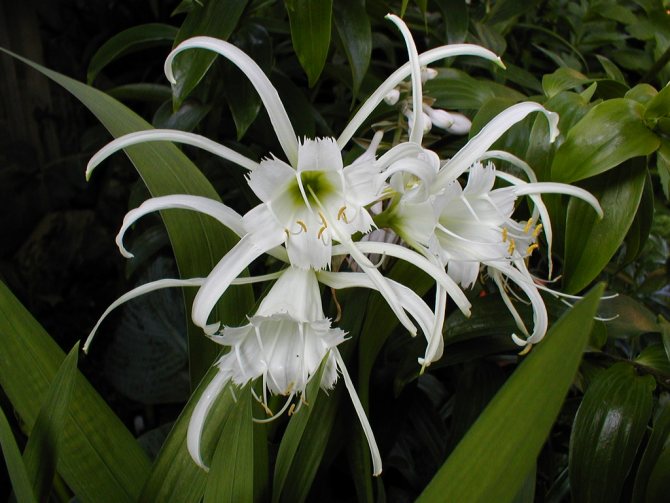
- This plant is fairly easy to prune properly. It belongs to the 3rd group, which means the removal of all shoots to the first leaf plate, although you can completely cut off all the shoots, thereby rejuvenating the bush.
- The crown will be much thicker next year. The bowls of flowers will grow larger.
Clematis Manchu in landscape design
Clematis is an ornamental vine used for landscaping vertical structures. Arches or gazebos in a frame of snow-white clematis flowers look good. The fence, braided by it, will turn into a lush hedge.
With the help of curly clematis, you can hide unsightly buildings. Its thick shade will hide from the sun on a hot day. If you do not provide support for the Manchu clematis, it will braid the earth, you get a lush green carpet dotted with white buds.
Breeding methods
Manchurian clematis reproduces in the following ways:
- using seeds. This process will take much longer than other methods. Transplanting young clematis to a permanent place is possible only 2-3 months after the first shoots appear.
- by cuttings. In spring, young shoots are cut and planted in the ground.
- dividing the bush. For this, plants are chosen at the age of 5 years and older. In the fall, they are dug up and divided into parts. The resulting seedlings are planted immediately to a permanent place.
- with the help of appendages. You need to choose the shoot with the largest number of buds, bend it to the ground and cover it with soil. If the shoot is watered regularly, then soon you will have several rooted young clematis bushes. They must be separated from the mother bush and transplanted to a permanent place.
Vegetative methods of reproduction of Manchurian clematis are more effective than the seed method.
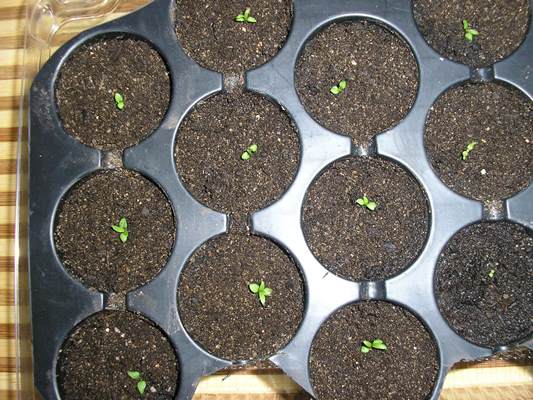
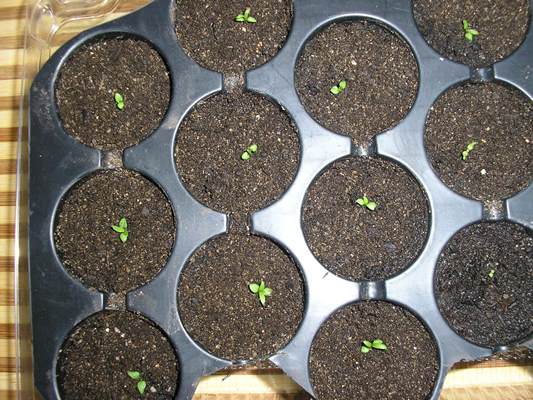
Description of the plant
Clematis Manchu is a perennial that is ideal for different climates. He easily tolerates frost, but prefers places that are well lit by the sun. It will be able to develop in partial shade, but, nevertheless, it is better to choose sunny territories. In this variety of clematis, inflorescences appear only on the shoots of the current year. For this reason, all old shoots are removed before hibernation. This is a big advantage as it will be easy for the grower to prune when compared to other clematis varieties. After all, they need to choose certain shoots that should be cut off.
The plant blooms with small white flowers. They appear especially abundantly in June and July. Such clematis grows with a bush, and during the flowering period a pleasant aroma is emitted from it, even if a person is far from the plant. This variety is unpretentious, the length of its shoots can reach up to half a meter. It is used for landscaping low-rise buildings.
General information
The Latin name is clematis mandschurica. People call it clematis.
The first clematis were grown in Japan. They appeared on the territory of Europe already in the XNUMXth century and immediately gained immense popularity.
Read also Rose english crown princesses margaret encyclopedia of roses
One of the features is considered to be a variety of varieties. Among them are Taiga Snow, Artagena Franchi, Malysh, Madame le Cultre, Multi Blue, grape-leaved, etc. There are over 300 varieties. They differ from each other in characteristics, properties, color. Taiga snow, for example, has white flowers. Manchurian clematis is the least common.
This plant has a lot of features:
- It is perennial.
- In landscape design, it is used for vertical gardening.
- Homeland – the Far Eastern part of Russia, the east of China, Korea.
- It is considered a type of direct clematis.
- Has a branched stem that clings to buildings or nearby plants.
- It has a pungent taste and a pungent aroma. In contact with mucous membranes, it can cause irritation.
- Each large leaf consists of 5-7 small ones. Inflorescences are built according to the same principle.
- During the flowering season (June-July), up to 500 flowers grow on one shoot.
- The flowers are white, each with 4 petals.
- The height of the liana ranges from 1.5 to 3 m.
- The aroma is especially strong in the heat.
- The plant easily gets used to new conditions and overwinters.
- New inflorescences are formed on the shoots left over from last year. Thanks to this feature, there are no problems with cropping.
Due to its properties, Manchu clematis is used to decorate terraces, gazebos or even walls.
Diseases and pests
Manchu clematis is susceptible to several diseases and pests.
Common diseases include:
- When the soil is damp, gray rot
… It is easy to eliminate it by carefully treating the plant with antiseptic agents. - A white bloom may appear on young shoots – this is mučnistaâ rosa
. - Stopping growth, cultural development, lack of flowering.
To fix the problem, you will need to cut off the damaged branches and treat the bush with a special tool. Soda ash is recommended. - In spring it is possible rust appearance
… It looks like brown spots. The plant is deformed, which leads to shrinkage. Chemicals are successfully used to combat the disease.
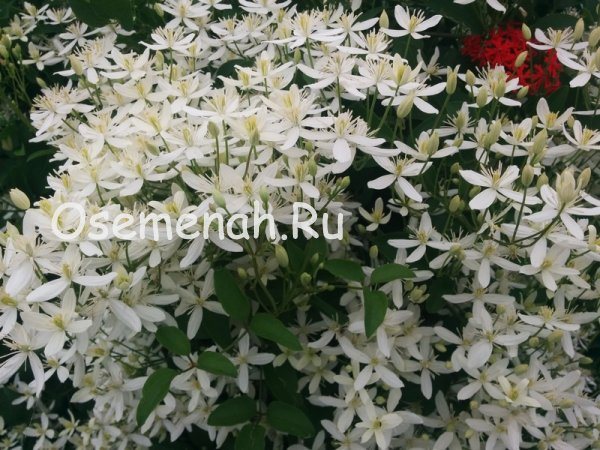
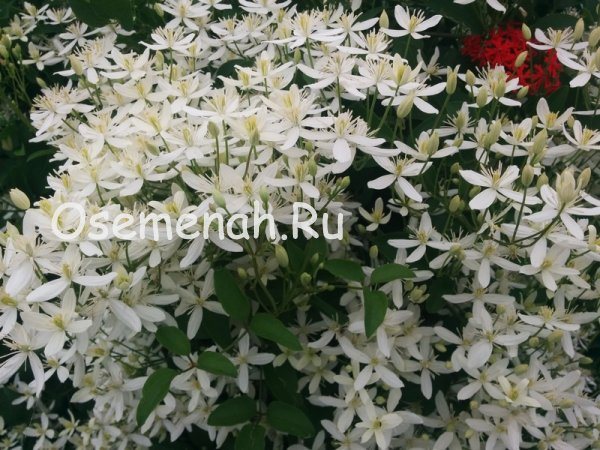
Among the pests you can find:
- Gall nematode
affects the root itself, so the only way out is to destroy the plant. When purchasing a plant, you should carefully examine the root system. - Dangerous for Clematis are aphids, mites, slugs.
Unlike the first pest, it is quite simple to destroy them using special means. To eliminate the possibility of these pests, you need to regularly weed the soil.
Read also Casserole of mashed potatoes in the oven
To eliminate pests, some gardeners recommend using milder, natural remedies. For example, garlic tincture, onion peel decoction.
Application in medicine
Not all types of clematis are used exclusively for decorative purposes, some of them are also used in other areas, bringing benefits to humans. So, for example, Manchurian clematis is effectively used in medicine.
For these purposes, the root system of the plant is mainly used, however, oriental healers sometimes benefit from the herb. Clematis is part of a complex herbal therapy for both internal and external use.
Medicinal properties
The healing properties of Manchurian clematis are widely used by specialists in oriental medicine.
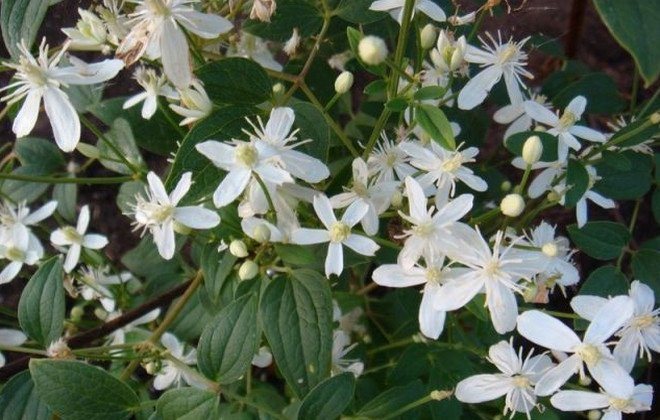

The main valuable qualities of the plant:
- used as an anti-inflammatory and antimicrobial agent, removes toxins;
- promotes the normalization of vascular blood flow;
- has an analgesic, decongestant effect, is used in the therapy of the musculoskeletal system;
- due to its unique chemical composition, it can resist some types of cancer. In complex therapy, it is an additional tool, increasing the effectiveness of chemotherapy;
- increases the secretion of bile, relaxes the muscles of the biliary tract, reduces inflammation and, thanks to this, is used in the treatment of diseases of the liver, gallbladder, as well as acute hepatitis, fatty degeneration of the liver;
- used to treat psoriasis, chronic eczema, scabies;
Learn how Crassula, Kalanchoe, basil, pine sap, dodder, goldenrod, Tibetan lofant, heather are used to treat many skin diseases.
- has a positive effect on the work of the hormonal system of women;
- used in the treatment of diabetes mellitus by lowering blood glucose levels.
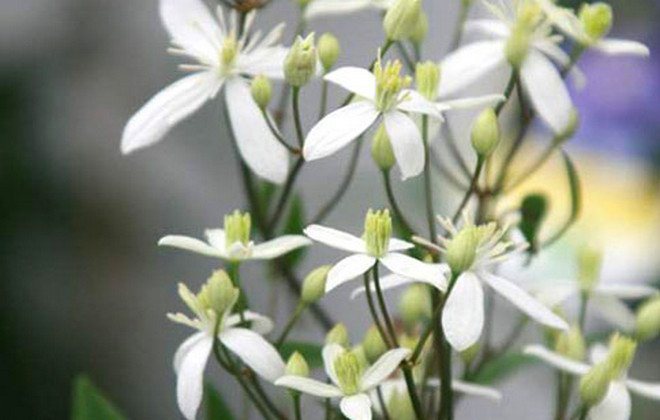
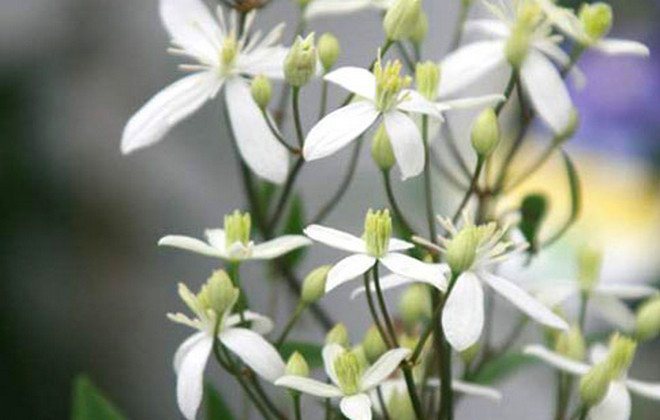
Tincture
To prepare a tincture on clematis Manchu, you can use the following recipes.
Herb tincture
Method 1: pour 20-30 g of dry grass into 1 tbsp. boiling water, place the liquid in a thermos and let it brew for half an hour. Drink 1/3 tbsp. three times a day.
Method 2: pour 20-30 g of dry grass with 60% alcohol and place in a dark place for 2 weeks. Periodically, the solution must be shaken, and at the end of the period, strain and take 20-30 drops three times a day half an hour before meals.
Root tincture
Place 1/3 of the crushed roots of the plant in a glass jar and pour 60% alcohol to the brim. Prepare the tincture for 2 weeks, occasionally shaking and stirring the contents. Take 10-20 drops three times a day. Effective as an aid in oncology.
